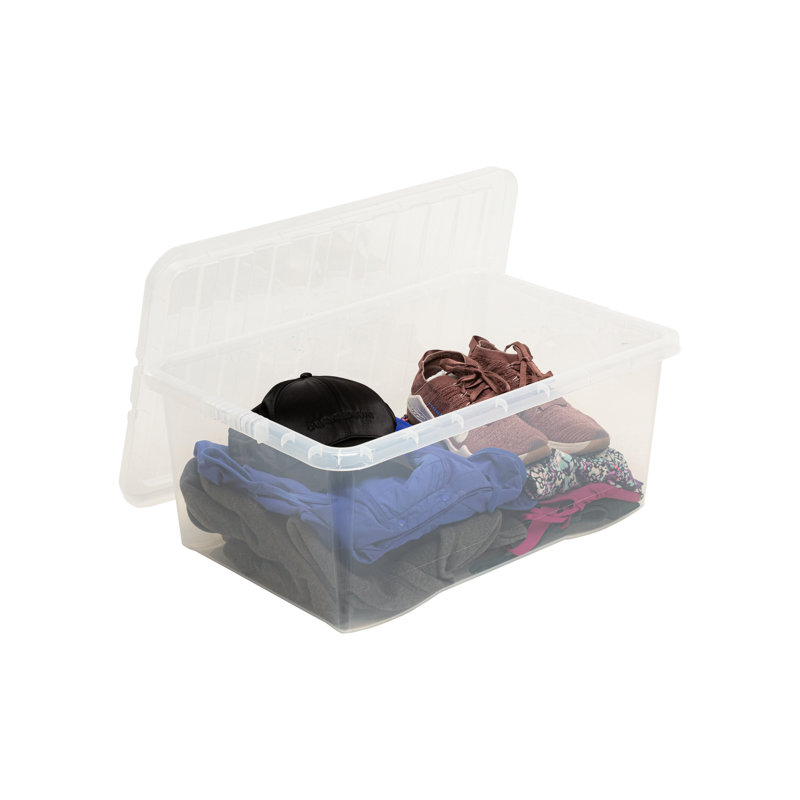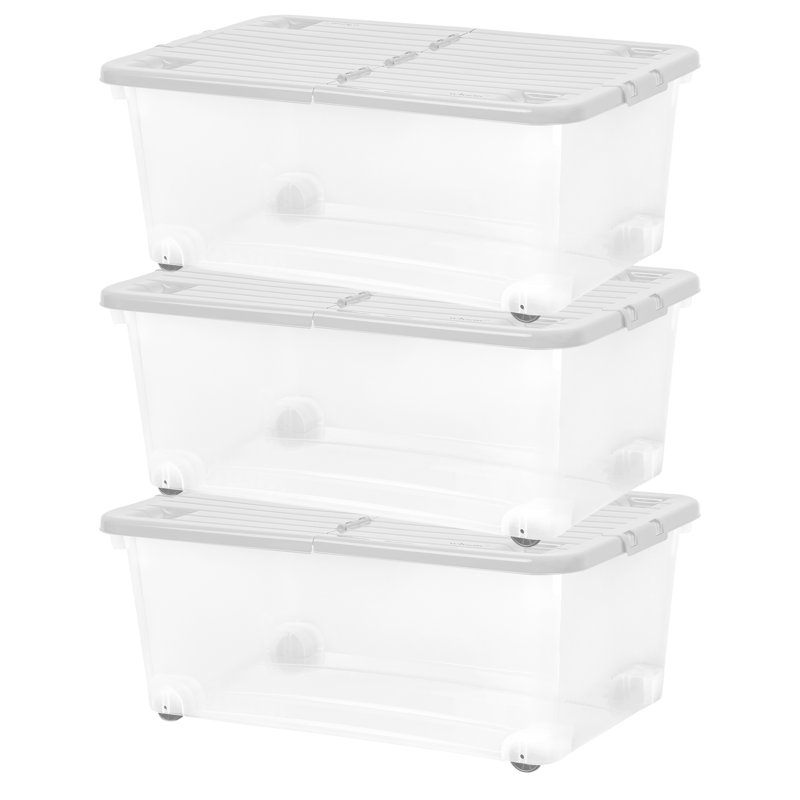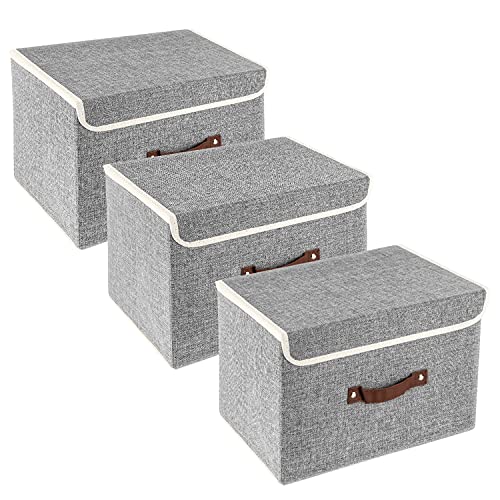How to unlock hidden storage in your stairs — the clever space-saving trick you’ll wish you tried sooner
Lift up stairs storage is the smart way to reclaim wasted space. Find out how this hidden solution helps you stay organised without cluttering your hallways
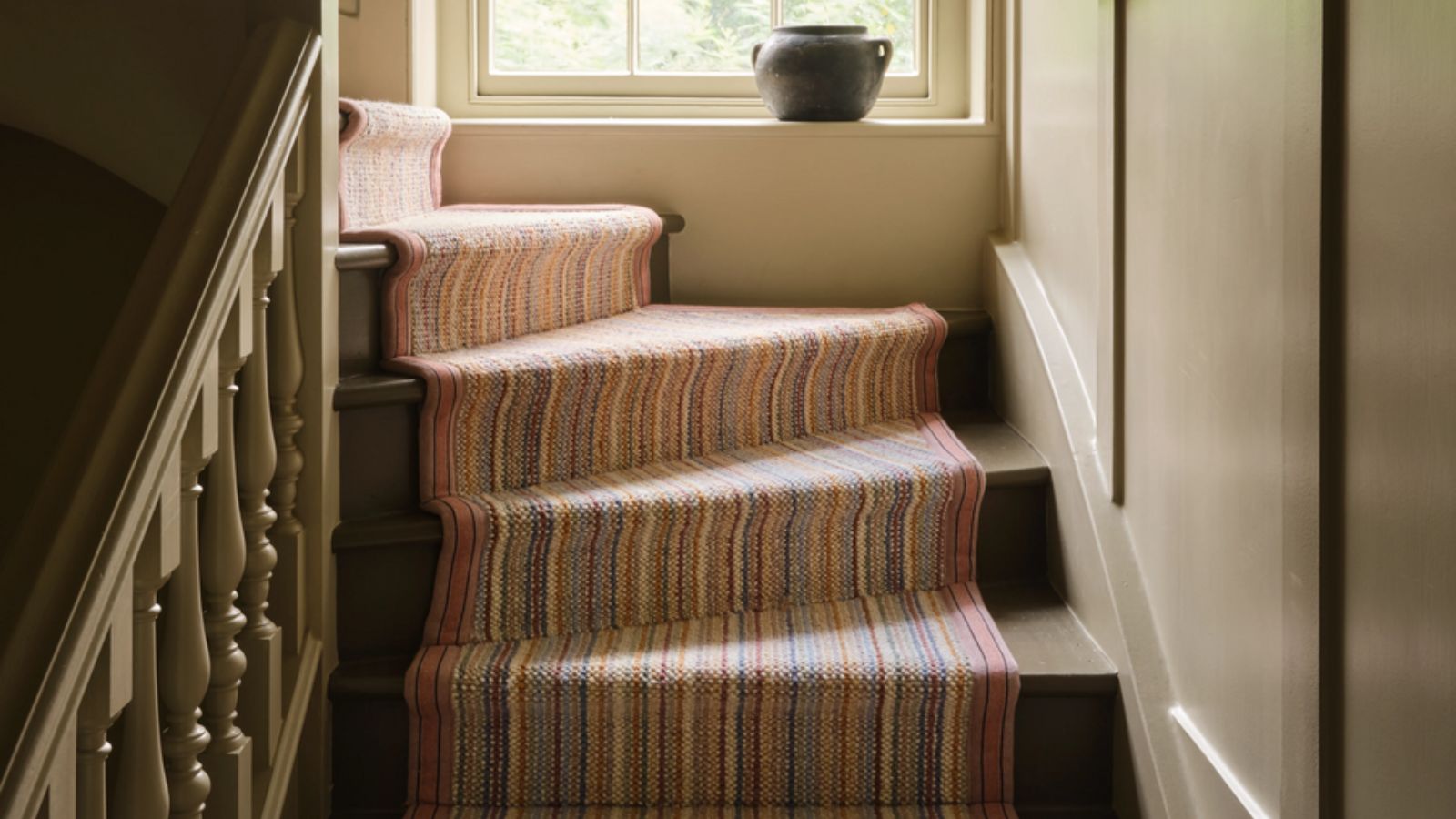
Making the most of storage at home often means rethinking the spaces you take for granted. While under stair storage is a familiar favourite, there’s another clever solution that hides in plain sight – lift up stairs storage.
Rather than simply walking over your staircase, imagine if each step lifted to reveal a secret compartment beneath. It’s a simple yet ingenious idea that keeps clutter tucked away without changing how your staircase looks or works from day to day.
Of course, as with any structural upgrade, there are a few practicalities to keep in mind before taking the plunge. From the key benefits and clever uses to expert advice on installation, here’s everything you need to know about lift up stairs storage.
What is lift up stairs storage?
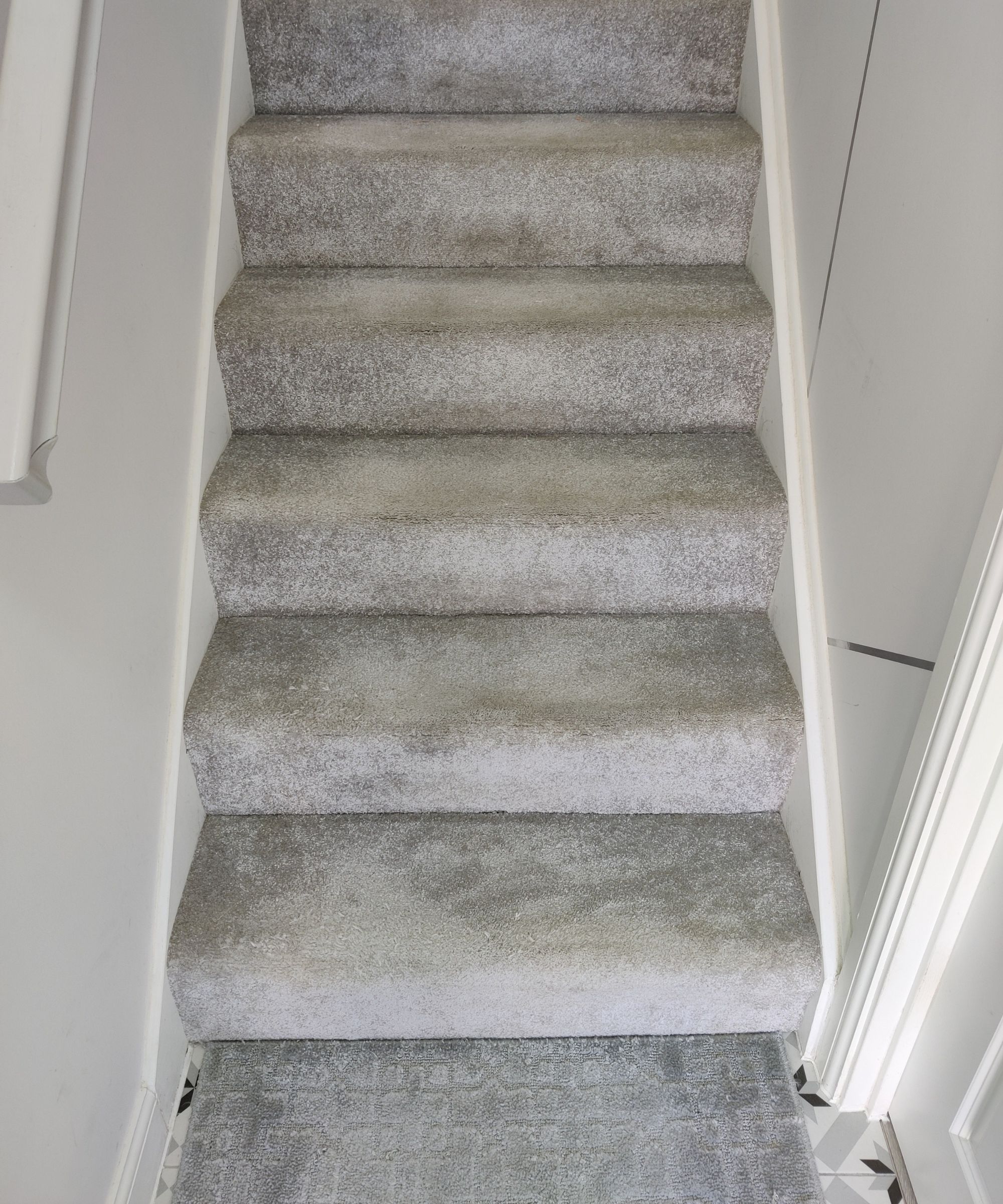
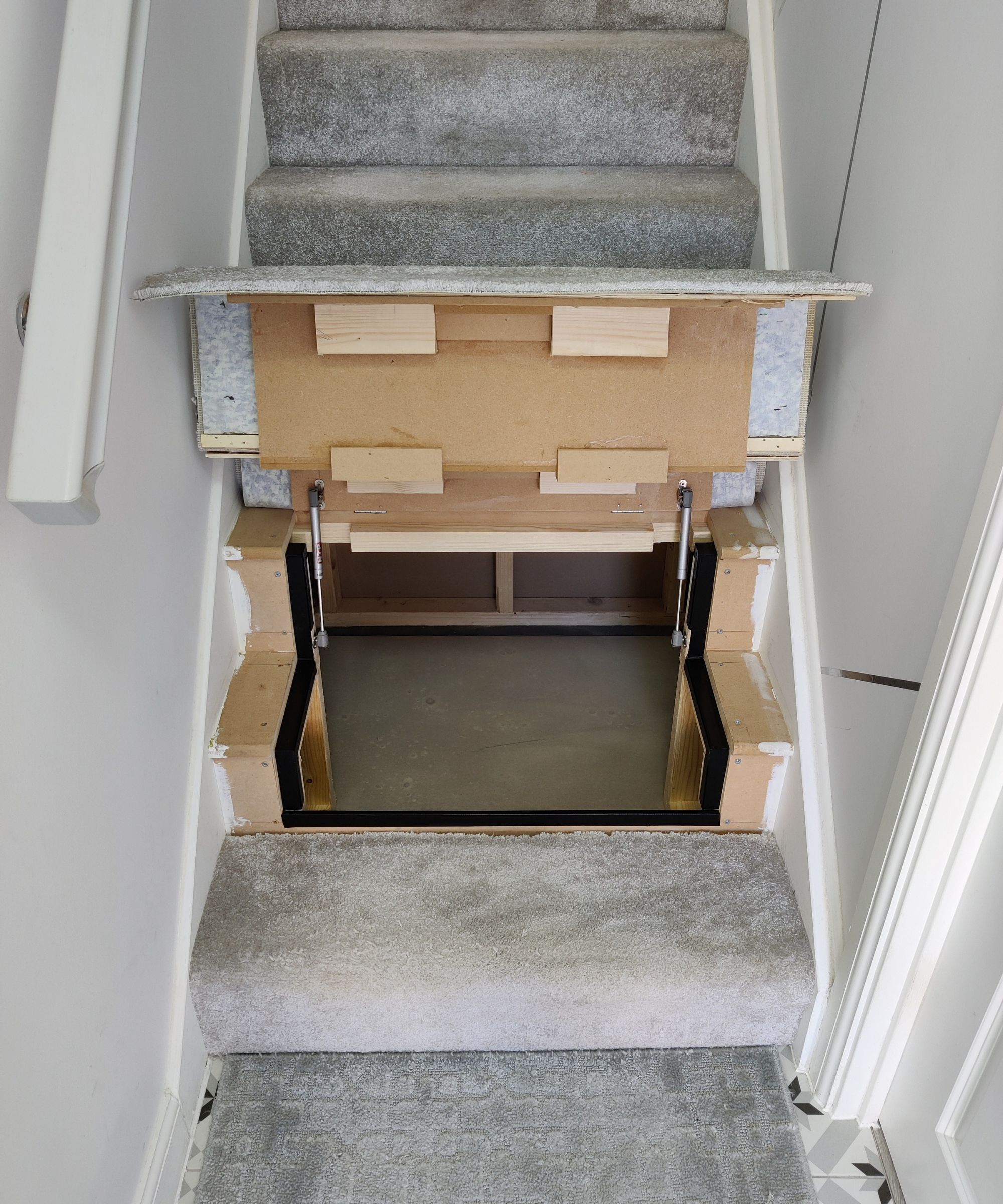
“Lift-up stairs storage is a clever way of using the often-forgotten void beneath your staircase,” explains Maxwell Wilson, co-founder of Pocket Storage. “The treads are designed to hinge or lift, revealing hidden compartments that utilise every inch of space.”
Most systems make use of the lower two or three steps, which lift or slide to provide access. This makes them especially useful in narrow hallways or compact homes where a traditional under stairs cupboard simply isn’t practical. According to Rob Symon, head of operations at Ready Steady Store, "the area beneath a staircase can offer several cubic metres of otherwise wasted space – enough to hold dozens of pairs of shoes, bulky cleaning supplies or seasonal gear."
While the idea is nothing new – concealed doors and hidden safes were once a hallmark of grand historic homes – today’s lift up stair systems are far more sophisticated. Modern mechanisms are sturdy, safe and easy to use, with designs that blend seamlessly into carpeted or timber staircases while quietly strengthening the structure beneath your feet.

Maxwell Wilson is the co-founder of Pocket Storage, where he focuses on clever, design-led storage solutions. With a background in urban living, he’s passionate about rethinking how we use space at home.

Rob Symon is head of operations at Ready Steady Store, with a long track-record in self-storage. He oversees day-to-day operations, expansion strategy, staff training and tech integration.
What are benefits of lift up stairs storage?
“The biggest benefit is how much space you can save," explains Rob Symon. "Research shows under-stairs areas are among the most underutilised in British properties yet converting them can free up hallways and reduce the need for landing storage. It’s also a discreet solution that blends seamlessly with your décor, unlike freestanding cupboards or shoe racks that take up valuable space."
Bring your dream home to life with expert advice, how to guides and design inspiration. Sign up for our newsletter and get two free tickets to a Homebuilding & Renovating Show near you.
Another major benefit is discretion. "You gain storage without compromising floor area or aesthetics, which is ideal in smaller homes," explains Maxwell Wilson. Because the storage is completely hidden when closed, it’s the perfect way to reduce clutter. Shoes, bags, toys and seasonal items all have a place, while the overall staircase design appears unchanged on the surface.
Ease of installation is another big advantage. Many lift up stair systems can be fitted in just a few hours, and in some cases, the process even strengthens the staircase with extra framework for added stability. “Bespoke designs are also possible,” adds Maxwell Wilson, “so the storage can be tailored to suit your home and lifestyle.”
What you need to know about installation
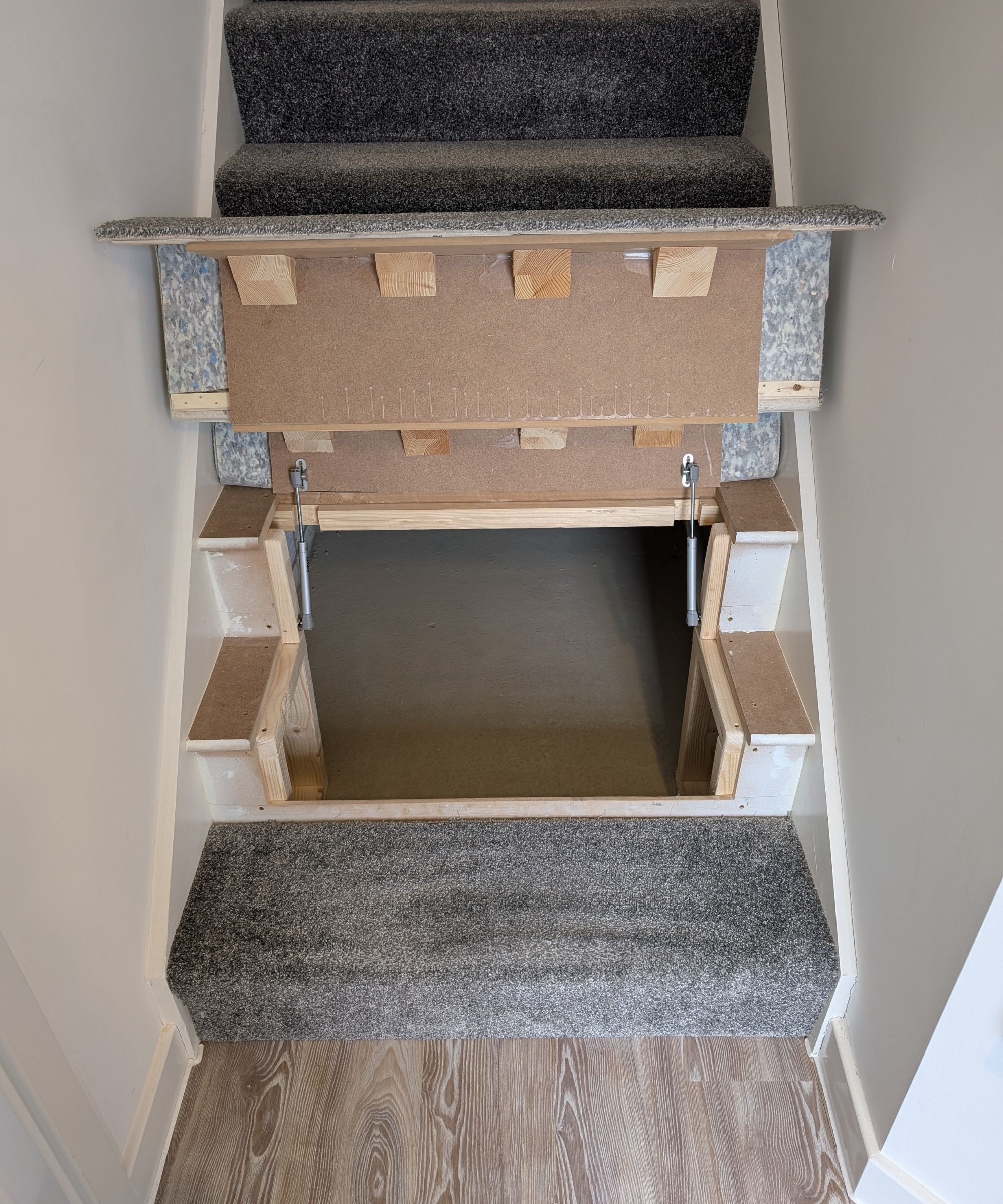
If you’ve ever explored how to build under stairs storage, you’ll know it usually involves creating cupboards or drawers that open into the void beneath the staircase. Lift up stairs storage works a little differently. Instead of adding units from the side, it provides access from above, with the lower steps designed to lift and reveal hidden compartments within the same under-stair space.
Before going ahead, it’s important to make sure your staircase is suitable for conversion. As Jake Wing, director at Acuro Home Improvements, explains, this isn’t a quick weekend DIY job but a project that needs proper assessment and planning.
“Your staircase should have at least two or three straight treads at the bottom, without any winders or twists, to allow for a straightforward conversion,” he says. “The area beneath the stairs also needs to be enclosed, with enough clear space behind it to create practical storage compartments.”
He adds that both the condition of the staircase and the quality of materials are key to a safe, long-lasting result. “The staircase must be structurally sound, and it’s essential that all components – from hinges to gas struts – are tested to work reliably together as part of an approved system.”
While DIY kits do exist, this type of installation isn’t something to take on lightly. Precision is vital, as even a small error can compromise the stability of the stairs. Maxwell Wilson, co-founder of Pocket Storage, advises seeking professional help: “DIY kits are available, but I recommend professional fitting to ensure the stairs remain safe and compliant with building regulations.”
Given how often a staircase is used, a professional installation will also ensure the mechanism operates smoothly and the finished result feels solid and secure.
Jake Wing is director at Acuro Home Improvements, where he oversees bespoke joinery, lift-up stair storage and home upgrades across Essex and beyond.
What can you store inside lift up stairs storage?
The beauty of lift up stairs storage is that it gives all those awkward everyday items a proper place, without adding clutter elsewhere. As Jake Wing explains: “The ideal items for lift-up stairs storage are things you don't need every day, but that you want to be able to access easily without a trip to the loft or garage. The system excels at organising collections of small-to-medium-sized items.”
Shoes, boots and trainers are a popular choice, making hallway clutter disappear in an instant. It’s also a brilliant spot for seasonal decorations, spare suitcases and DIY supplies like tubs of paint or rollers. Families can use the space to tuck away children’s toys or pushchairs, while book lovers might use the compartments book storage when shelves are limited elsewhere.
Shop storage boxes
FAQs
Can any staircase be converted to include lift up stairs storage?
In most cases, yes. Lift up stairs storage systems are compatible with most traditional timber staircases found in UK homes, whether they’re straight flights or include a turn. However, they aren’t suitable for concrete, metal or glass designs, and tend not to work with spiral staircases, where the construction and angles make installation impractical.
What about pipes or electrical wires running under the stairs?
A thorough pre-installation check should always be carried out before work begins, as this will identify any hidden services such as electrical wiring, gas pipes or plumbing. In most cases, these can be worked around safely, but if it’s not possible, a professional installer will advise you before any construction starts.
How much does lift-up staircase storage cost?
The cost depends on the staircase design, materials and layout, but as a guide, Acuro Home Improvements says professional installation typically starts from around £400, including VAT. Because every staircase is unique, reputable installers will usually carry out an on-site assessment and provide a bespoke, fixed-price quote.
If you’re planning an upgrade, take a look at our modern staircase ideas for design inspiration, or explore staircase lighting ideas to highlight your new feature. And if you’re thinking of adding carpet, don’t miss our guide on how to measure carpet for stairs.

Gabriella is an interiors journalist and has a wealth of experience creating interiors and renovation content. She was Homebuilding & Renovating's former Assistant Editor as well as the former Head of Solved at sister brand Homes & Gardens, where she wrote and edited content addressing key renovation, DIY and interior questions.
She’s spent the past decade crafting copy for interiors publications, award-winning architects, and leading UK homeware brands. She also served as the Content Manager for the ethical homeware brand Nkuku.
Gabriella is a DIY enthusiast and a lover of all things interior design. She has a particular passion for historic buildings and listed properties, and she is currently in the process of renovating a Grade II-listed Victorian coach house in the West Country.
